比赛地址:https://www.starrycoding.com/contest/6
比赛介绍
- 系列赛名称:StarryCoding 入门教育赛
- 难度:语法~较低
- 时长: 1.5 1.5 1.5小时
- 比赛时间:约每2-3天一场,一般为晚上18:30~20:00
- 赛后题解:赛后立即发布,包含文字题解
- Rating结算范围: < 3000 < 3000 <3000
面向群体
- 有学习过程序设计课程,希望提高自己的编程水平、思维能力、算法能力的同学。
- 准备参加各种程序设计、算法竞赛(例如ACM、蓝桥杯、GPLT天梯赛等)的同学。
- 希望通过保/考研的机试、就业的算法笔/面试的同学。
- 非计算机专业,但对编程/算法感兴趣的同学。
- 想要感受编程竞赛的计算机专业新生同学。
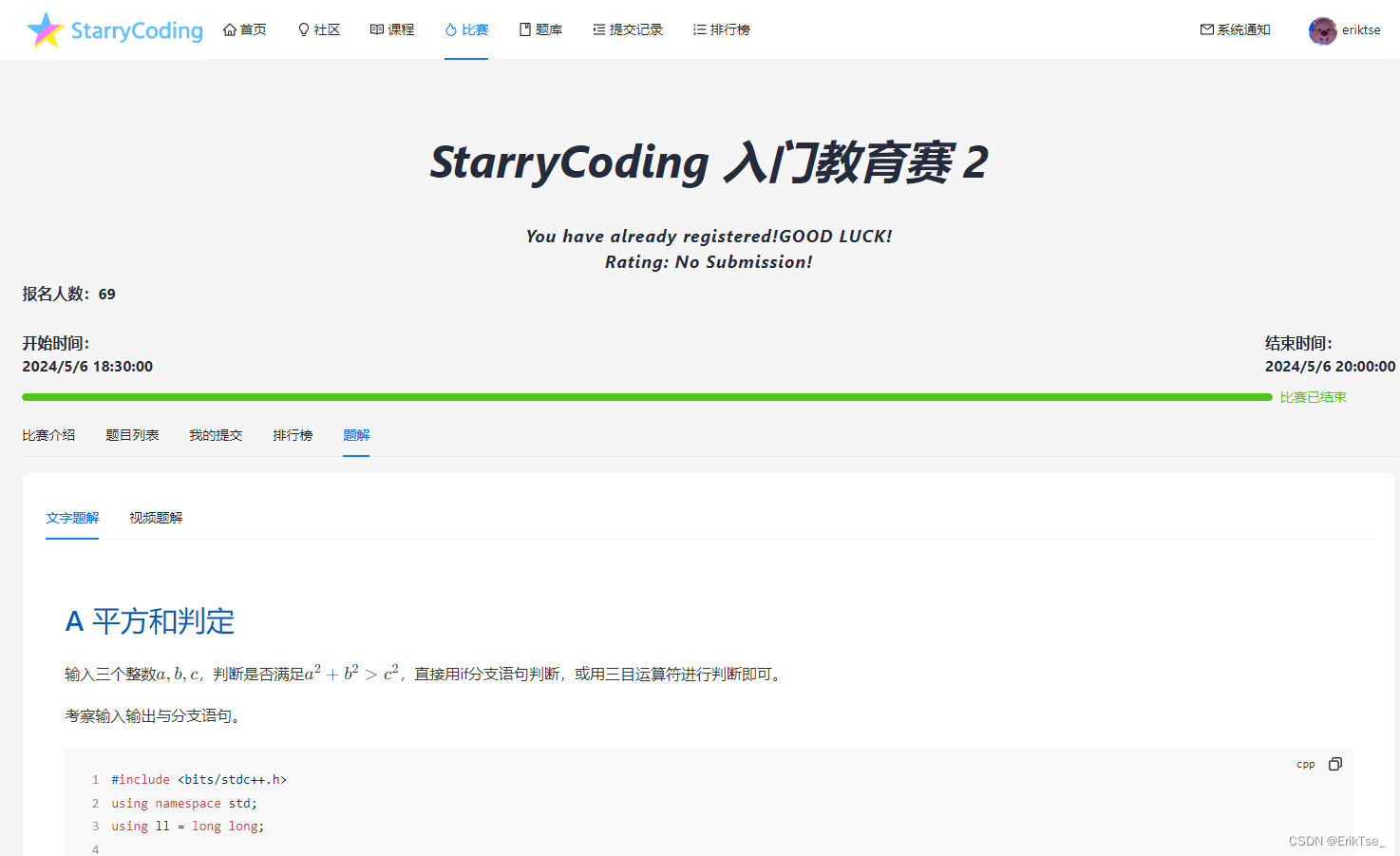
A 平方和判定
输入三个整数 a , b , c a, b, c a,b,c,判断是否满足 a 2 + b 2 > c 2 a^2 + b^2 > c^2 a2+b2>c2,直接用if分支语句判断,或用三目运算符进行判断即可。
考察输入输出与分支语句。
#include <bits/stdc++.h>
using namespace std;
using ll = long long;
void solve()
{
ll a, b, c;
cin >> a >> b >> c;
cout << (a * a + b * b > c * c ? "YES" : "NO") << '\n';
}
int main()
{
ios::sync_with_stdio(0), cin.tie(0), cout.tie(0);
int _;
cin >> _;
while (_--)
solve();
return 0;
}
B 矩阵判定
枚举四元组 ( i 1 , j 1 , i 2 , j 2 ) (i_1, j_1, i_2, j_2) (i1,j1,i2,j2),判断对于所有四元组是否满足 A i 1 , j 1 + A i 2 , j 2 > A i 2 , j 1 + A i 1 , j 2 A_{i_1, j_1}+A_{i_2,j_2} > A_{i_2,j_1}+A_{i_1, j_2} Ai1,j1+Ai2,j2>Ai2,j1+Ai1,j2即可。
时间复杂度为 O ( n 2 m 2 ) O(n^2m^2) O(n2m2)。
#include <bits/stdc++.h>
using namespace std;
using ll = long long;
const int N = 53;
ll a[N][N];
void solve()
{
int n, m;
cin >> n >> m;
for (int i = 1; i <= n; ++i)
for (int j = 1; j <= m; ++j)
cin >> a[i][j];
for (int i = 1; i <= n; ++i)
{ // i1
for (int j = i + 1; j <= n; ++j)
{ // i2
for (int k = 1; k <= m; ++k)
{ // j1
for (int l = k + 1; l <= m; ++l)
{ // j2
if (a[i][k] + a[j][l] <= a[i][l] + a[j][k])
{
cout << "NO\n";
return;
}
}
}
}
}
cout << "YES\n";
}
int main()
{
ios::sync_with_stdio(0), cin.tie(0), cout.tie(0);
int _;
cin >> _;
while (_--)
solve();
return 0;
}
C 曼哈顿种类
枚举所有点对,计算其曼哈顿距离后放入 s e t set set中计算 s i z e size size,或放入数组中排序去重。
#include <bits/stdc++.h>
using namespace std;
using ll = long long;
const int N = 1e3 + 9;
ll x[N], y[N];
ll getabs(ll x) { return x < 0 ? -x : x; }
void solve()
{
int n;
cin >> n;
for (int i = 1; i <= n; ++i)
cin >> x[i] >> y[i];
set<ll> st;
for (int i = 1; i <= n; ++i)
for (int j = i + 1; j <= n; ++j)
{
st.insert(getabs(x[i] - x[j]) + getabs(y[i] - y[j]));
}
cout << st.size() << '\n';
}
int main()
{
ios::sync_with_stdio(0), cin.tie(0), cout.tie(0);
int _;
cin >> _;
while (_--)
solve();
return 0;
}
D 小e消消乐
根据题意,我们要联想到“栈”这个数据结构,并且注意题目中的弹珠大小不是 A i A_i Ai,而是 2 A i 2^{A_i} 2Ai哟,所以两个大小相等的弹珠合并,相当于把指数(也就是 A i A_i Ai)增加 1 1 1,而不是翻倍哦。
一些细节需要考虑,例如用while而不是if、栈内元素数量得大于 2 2 2才能合并等等。
#include <bits/stdc++.h>
using namespace std;
using ll = long long;
const ll N = 1e5 +9;
ll a[N];
int main()
{
int n; cin >> n;
int cnt = 0;
for (int i = 1; i <= n; ++ i)
{
cin >> a[++ cnt];
while(cnt >= 2 && a[cnt] == a[cnt - 1])
a[-- cnt]++;
}
cout << cnt << '\n';
return 0;
}
E 妹妹太多怎么办呐!
首先通过数据范围猜测,可以接受时间复杂度 O ( n ! ) O(n!) O(n!)的做法,于是大胆去想 d f s dfs dfs。
对于一种方案,实际上是一种“坐标的排列”,只要坐标排列确定了,那么最终的愉悦度也确定了,于是可以通过 d f s dfs dfs枚举所有的方案,对于每种方案计算结果取最大即可。
这里需要注意的细节是,愉悦度不是单调的,有可能为负数。
如果对dfs深度优先搜索算法不熟悉的同学,推荐先看一下《算法基础课》https://www.starrycoding.com/course/1
#include <bits/stdc++.h>
using namespace std;
using ll = long long;
const int N = 20;
ll x[N], y[N], a[N];
ll getabs(ll x) { return x < 0 ? -x : x; }
ll dist(ll u, ll v)
{
return getabs(x[u] - x[v]) + getabs(y[u] - y[v]);
}
bitset<12> vis;
int n, k;
ll ans, asum;
int f[N]; // 表示选出的排列
// dep是层数,sum是当前的愉悦度
void dfs(int dep, ll sum)
{
if(sum + asum <= ans)return;
// 递归出口
if (dep == k + 1)
{
ans = max(ans, sum);
return;
}
for (int i = 1; i <= n; ++i)
{
// 已经去过了
if (vis[i])
continue;
f[dep] = i;
vis[i] = true;
dfs(dep + 1, sum + a[i] - dist(f[dep - 1], i));
vis[i] = false;
}
}
void solve()
{
cin >> n >> k;
for (int i = 1; i <= n; ++i)
cin >> x[i] >> y[i] >> a[i];
asum = 0;
for(int i = 1;i <= n; ++ i)asum += a[i];
ans = -2e18;
vis.reset();
dfs(1, 0);
cout << ans << '\n';
}
int main()
{
ios::sync_with_stdio(0), cin.tie(0), cout.tie(0);
int _;
cin >> _;
while (_--)
solve();
return 0;
}
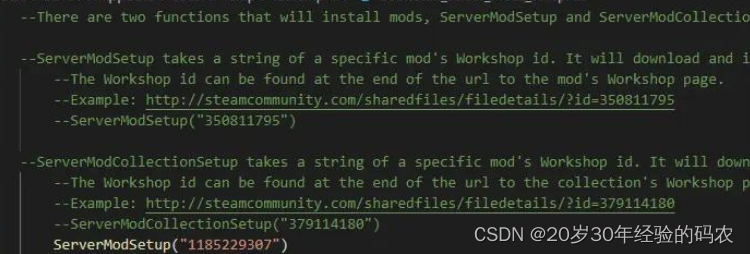



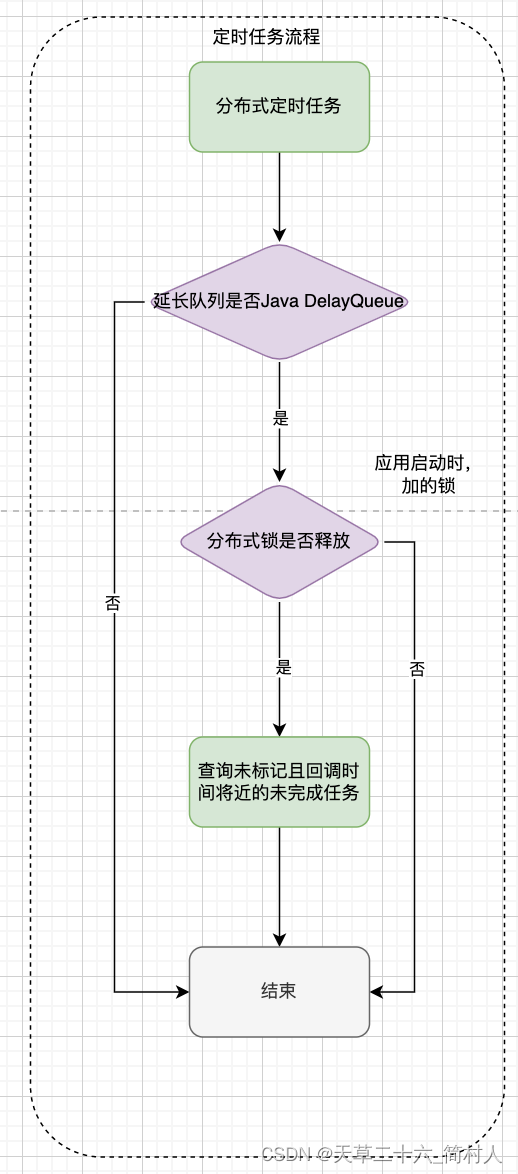






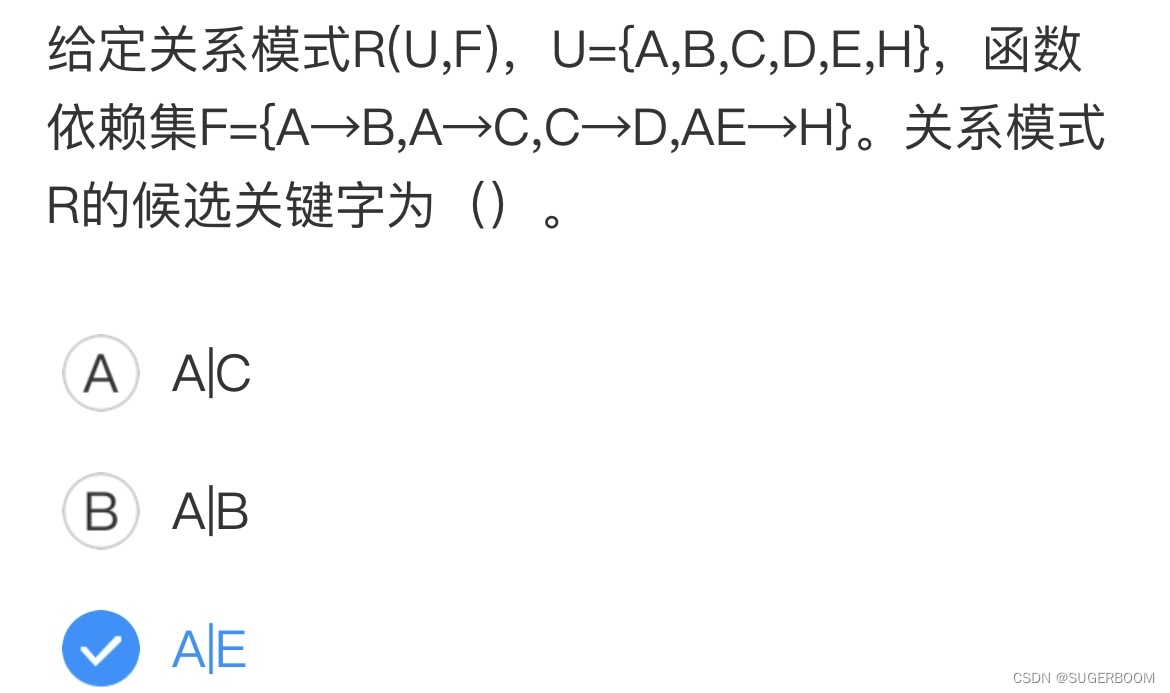

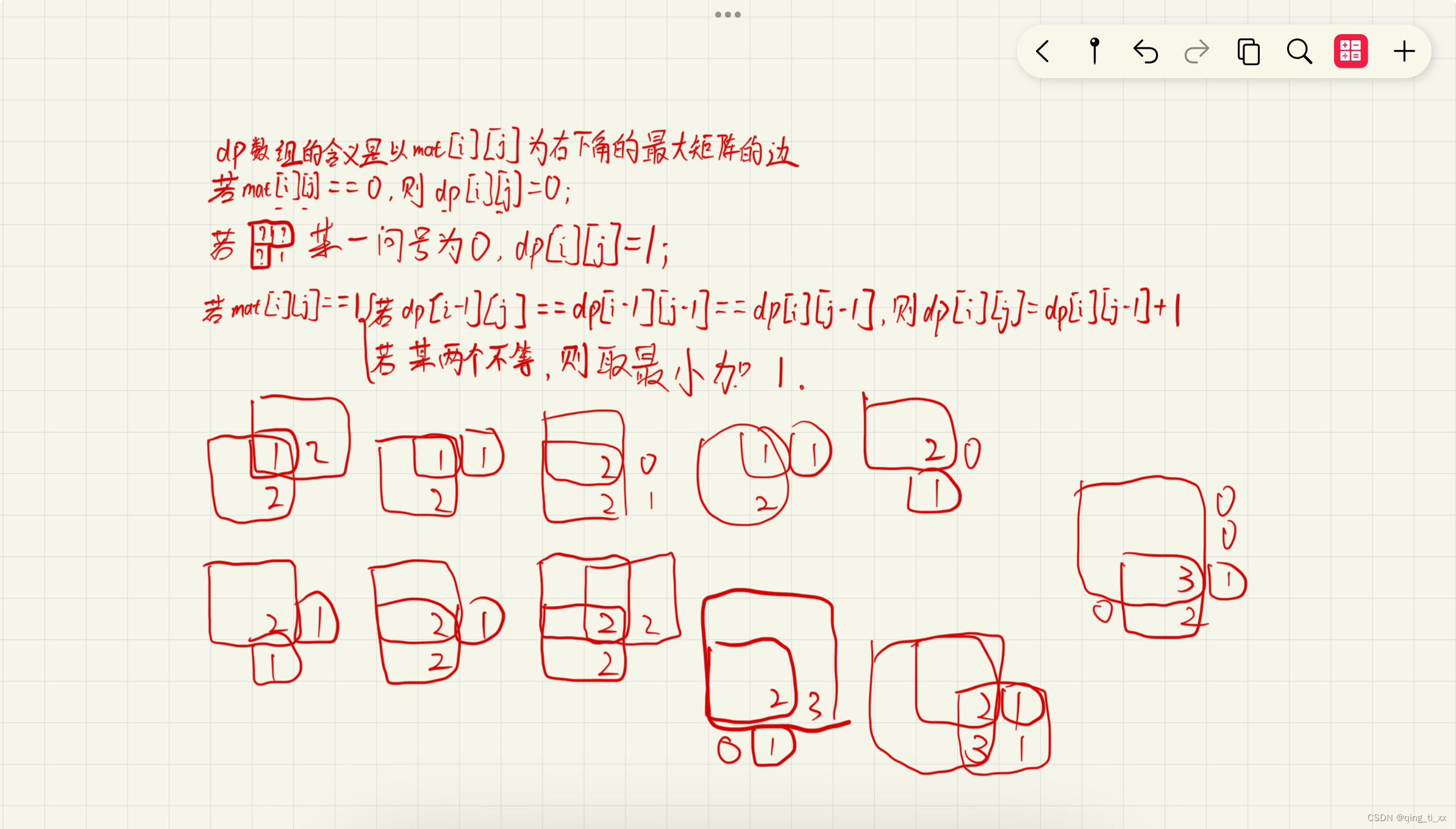




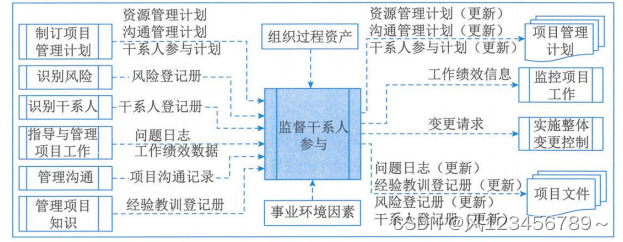
![[Linux][网络][TCP][三][超时重传][快速重传][SACK][D-SACK][滑动窗口]详细讲解](https://img-blog.csdnimg.cn/direct/a03ba758341e430c9475772028fd3e59.png)